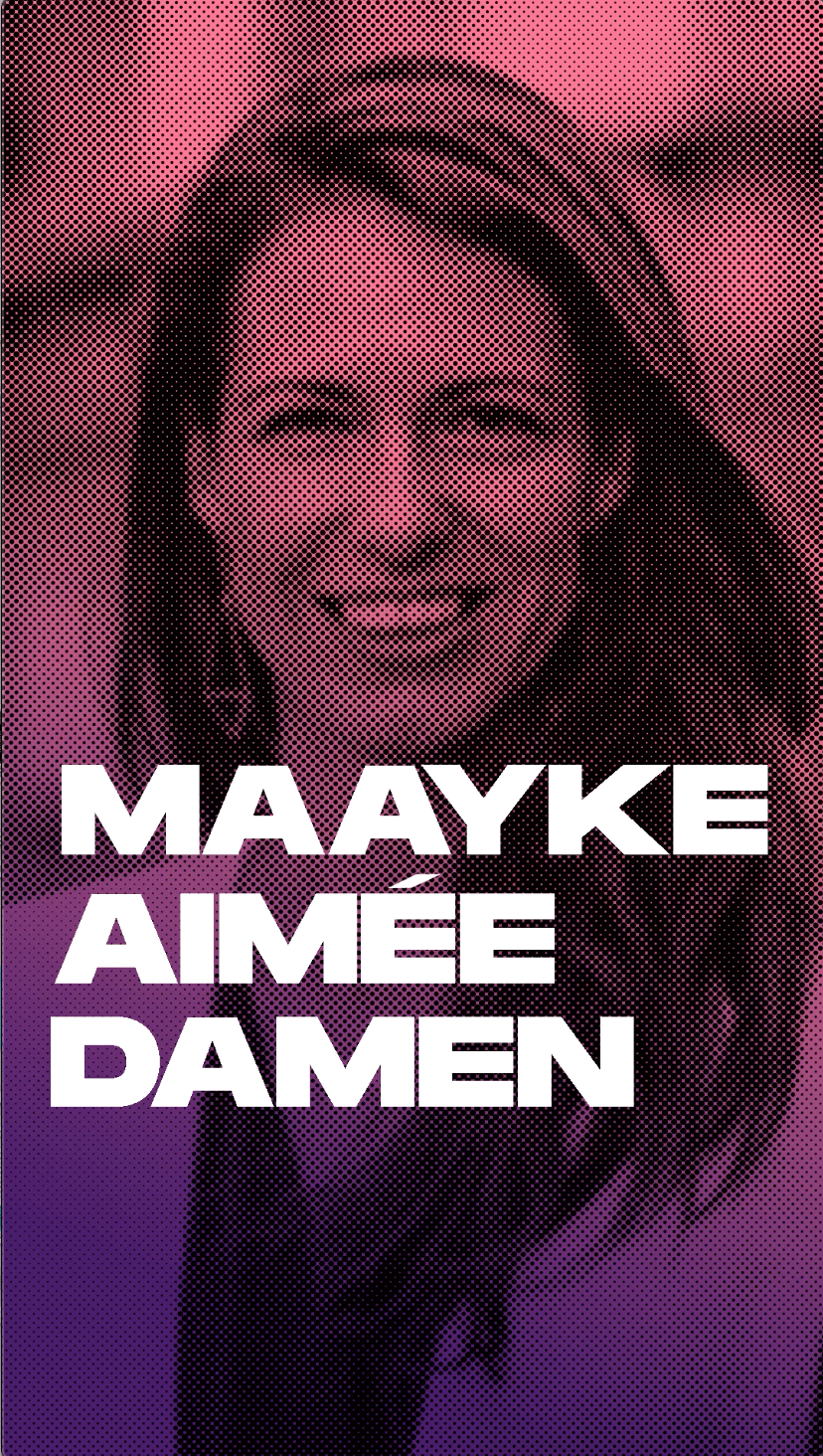What is in your center?
Hi there, welcome to the Circumcenter.
We shine a light on the center of people leading the way in the circular economy.
Join us in this journey of transformation.
The Circumcenter is a series of stimulating dialogues circling around the circular economy. It is not a million-dollar question, perhaps, but by asking, "What's in your center?", Circumcenter unleashes people's intentions who created, designed, or triggered circular systems in industries from textile to food from architecture to packaging. While action without convenient intention is not always harmful, it doesn't have the same power as an intentional action. That's why we take a journey to the center.
So, what is in your center?
-
The Circumcenter is a series of stimulating dialogues circling around the circular economy. By asking, “What’s in your center?”, Circumcenter unleashes what triggered people to lead the way in the transformation process to the circular economy in various industries.
-
Design is everywhere. Everything we do and see is designed. In fact, all of us are the designers of our actions, whether we call ourselves a designer or not. Even a tiny modification in the design process of something changes everything.
Since the global population grows exponentially--unlike the resources in the world--designers have more responsibility and power than ever to maintain the balance. No more excuses for poor design! It is estimated that over 80% of all product-related environmental impacts can be prevented at the design phase. We could even say that it is 100% but okay, let's stick to the research.
Our aim with the Circumcenter Project is to reconsider our decisions not only in the design stage but at all levels of decision-making by embracing a holistic approach. We all need to adopt a holistic approach because each of our actions impacts our community and the environment.
We also deep dive to the center of our own decisions to resolve our actual intentions with this project. Circumcenter aims to design and produce all of its creative content and communication according to the circular economy principles.
It is not easy to reach a net-zero level, maybe even impossible, but ours is an experimental journey. We intend to try, perhaps sometimes fail, to learn and share our learnings with the wider circular economy community. That is why we spotlight the stories of people leading the way in the circular economy by focusing on the center of their decisions.
Because change starts with your decisions. Today.
What is in your center?
-
The Circumcenter is designed and created by Amsterdam-based impact-driven design studio Cross Change and London-based cross-cultural strategic agency, pakt, in partnership with the Business Council for Sustainable Development in Turkey (BCSD Turkey) and Turkey Circular Economy Platform.
-
Our circular strategy is designed based on the ECE strategy. We follow three steps: Eliminate, Circulate, Evaluate in our circularity journey.
Eliminate: Getting rid of the clutters is as good as losing fat. Plus, it is easier. So, we researched how to reduce the energy, data, time and materials used in this project. We worked with tools, products, and systems working on powering their systems with clean energy and creating energy-efficient systems.
Circulate: Nothing actually goes to waste in nature. We repair, re-use, recycle, refurbish, and renovate our raw materials in our production stage. We use already existing photos and videos. We keep our raw materials, such as the voice recording, in circulation in the form of a podcast, etc.
Evaluate: We also like to see the evaluation of our actions by data because we believe that factual communication can accelerate the alter to the circular economy.
We will publish a detailed report at the end of the project about how we implemented circular economy and design principles in the Circumcenter project, and we will share our learnings about this experiment.
-
Digital technologies may seem clean enough not to think of their carbon footprint, but unfortunately, they are not carbon neutral. The carbon footprint of this project is measured in collaboration with 3P Metrics.
3P Metrics helps us measure our energy use, time allocated, and other resources that we consume during the production of the Circumcenter project. Because the center of this project is about how we can embrace circularity in the center of our decisions. We started with our own choices.
We will publish a detailed report at the end of the project about how we implemented circular economy and design principles in the Circumcenter project, and we will share our learnings about this experiment.
#6 Packaging
We talked with Jonne Hellgren, the founder of RePack, a global reusable packaging service trusted by more than 200 companies that can be conveniently and quickly returned and re-used. Jonne explains circularity in the packaging industry. Because 17% of all waste produced globally is paper and cardboard. This is the second-largest polluter after food and biological waste. And, 12% of all worldwide waste fully or partially comprises plastic packaging.
What can brands and businesses do to adopt circular packaging principles? Click to hear from Jonne.
*Click to watch the teaser.
*Click to watch the conversation.
#5 Ecosystem Enabler
A successful systemic change requires a holistic approach by including all ecosystem actors, such as non-governmental organisations, startups, businesses, governments, and the people.
Ecosystem enablers are the essential force bridging, activating and catalysing these actors.
We met Maayke-Aimée Damen, the co-founder of Excess Materials Exchange and the Director of Circular Economy at the World Business Council for Sustainable Development.
Watch our conversation with Maayke and hear how ecosystem enablers play a substantial role in empowering this shift to a circular future.
*Click to watch the teaser.
*Click to watch the conversation.
#4 Storytelling & Activism
The topic is storytelling and activism for the circular economy.
So many businesses and leaders are working to change and shape a better future for all of us. But without people using stories as an enabler and encouraging people for change, those efforts might not stick. Activists and storytellers are the social catalysts of change and action.
Meet Harald Friedl, an activist, a changemaker, and a devoted circular economy leader. He was the CEO of Circle Economy and co-founder of Impact Hub Myanmar. He is currently helping governments and businesses transition to a circular economy, including the Austrian Prime Minister. Listen to Harald for action points for a circular transformation.
*Click to watch the teaser.
*Click to watch the conversation.
#3 Food Waste
The topic is the circular economy within the food industry.
Food waste causes almost 10% of total global carbon emissions! Moreover, rotting food creates methane, a worse pollutant than carbon dioxide. We waste nearly half of all fruits and vegetables produced each year, globally.
However, the real impact is not limited to this because there are hidden costs around the supply chain, storage, human labor, transport, and other areas. Therefore, the circular economy is much needed in the food ecosystem.
Let's hear it from Olcay Silahlı, the co-founder and CEO of Fazla how they help companies to prevent food waste.
*Click to watch the teaser.
*Click to watch the conversation.
#2 Architecture
The topic is the circular economy within the architecture ecosystem.
The building and construction industry is one of the most significant contributors to the climate crisis. These structures generate almost 40% of the annual global carbon dioxide emissions. Moreover, the construction ecosystem causes 23% of air pollution, 40% of drinking water pollution, and 50% of landfill wastes.
Meet Jan Jongert! He is an architect and a designer on a mission to change architecture for the better. Jan is the co-founder of Superuse, a Dutch architecture firm specialising in reusing and repurposing waste materials.
*Click to watch the teaser.
#1 Denim
The topic is the textile industry which is one of the worst polluters globally, if not the biggest. However, its destiny only depends on a change in economic systems. Despite the challenges, change is only a matter of intention.
Click to watch Dr. Sedef Uncu Akı, one of the circular economy leaders, working for Orta, a leading denim manufacturer providing fabric for many globally known fashion brands, and how she turns Orta into a more sustainable producer by embracing the circular economy at all production levels and where this passion for change comes from!
*Click to watch the teaser.
Let’s kill of platitudes.
Let’s stop asking for permission.
Actually let’s do something.
Begin anywhere.
Who is in the center of Circumcenter?
Circumcenter is the outcome of a fruitful collaboration between the impact-driven design studio Cross Change and pakt agency in partnership with the Business Council for Sustainable Development in Turkey (BCSD Turkey) and Turkey Circular Economy Platform.
POWERED BY
CREATED BY






























